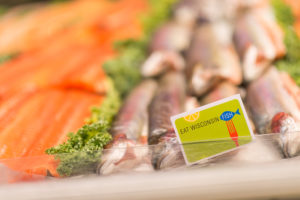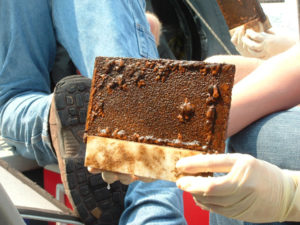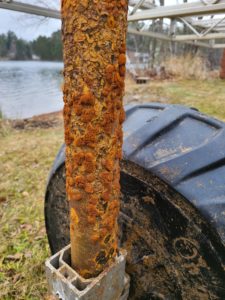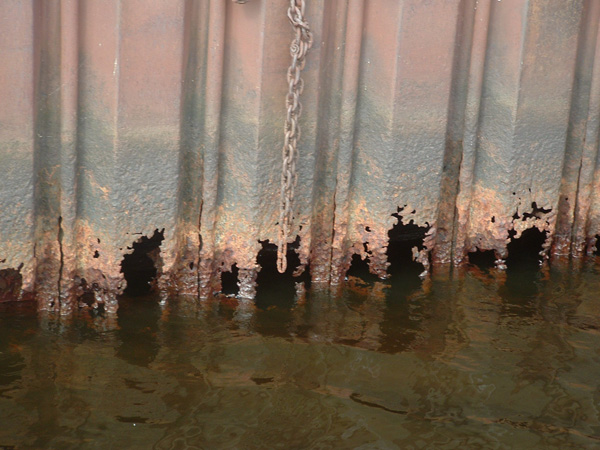Recovered Midwestern bird soars off endangered species list
Federal officials say a bird called the interior least tern is being dropped from the endangered species list, after conservation efforts have boosted the interior least tern’s numbers in recent decades. Read the full story by The Associated Press.
Great Lakes Commission
https://www.glc.org/dailynews/20210114-endangered-tern-bird







 Director’s Note
Director’s Note


